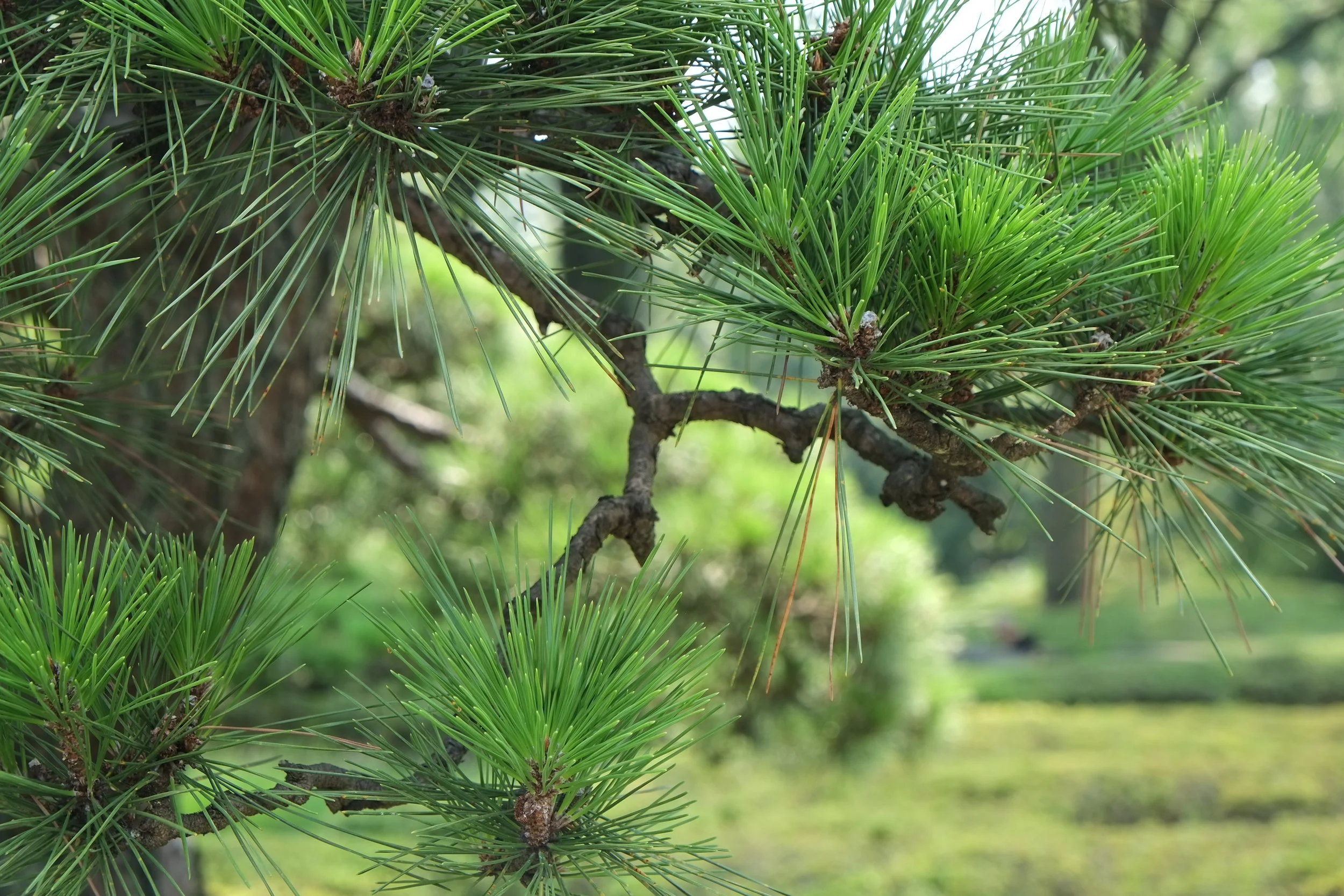When was the last time you celebrated an achievement?
What do you do when you pass an exam, successfully accomplish a project, complete planning a team strategy, get awarded a grant or scholarship for your work or research, publish a book, write an article, facilitate an amazing training day, effectively network at an event leading to some great professional contacts and potential collaborations, deliver a powerful conference presentation, finish a running challenge, assist somebody to reach their goals?
There are the bigger milestones like completing your studies, getting a promotion or setting up a new business but what also matters is to celebrate your ‘smaller’ victories. They all add up and it is usually because of all these smaller steps that you achieve something bigger. It is only by looking back that you start seeing the connections – how getting somewhere was not a result of one big decision but an outcome of 10-15 (often more!) smaller decisions, steps and experiences including a few setbacks along the way.
Equally, it’s important to celebrate moments when you got out of your comfort zone, when you ‘dared’ to do something unusual, when you pushed yourself to stand up in a conference room full of people and asked the key speaker a question, when you gave a talk in front of a larger audience... or when you did something people around you said won’t work. Things work because you make them work. As it was nicely said by Henry Ford: ‘If you think you can do a thing or think you can't do a thing, you're right.’ The first step is to start with a decision and follow up with commitment and action.
What happens while you celebrate is that you build your confidence because you remind yourself actively about the great things you achieved. You engage your mind and reflect on what went well and why. While you do this, you are ready to use the learning for going forwards and actively engage it again. It’s easy to recycle thoughts about failures and unsuccessful events but the sooner you can process these by asking yourself what/how you will do things better next time and letting go of the rest the faster you move forwards. This will leave you also more space for celebrating your achievements!
As an inspiring coach Rich Litvin says confidence comes as a result of what we do. It’s an outcome. It also means that you can actively work on it and empower yourself. It’s a skill that can be developed like any other - by practice.
How are you going to celebrate the next great thing you accomplish today/this week/this month?
Share it with me and others around you. There is nothing better than sharing stories about your successes as you never know when your stories inspire somebody else to step up and commit to something bigger.






